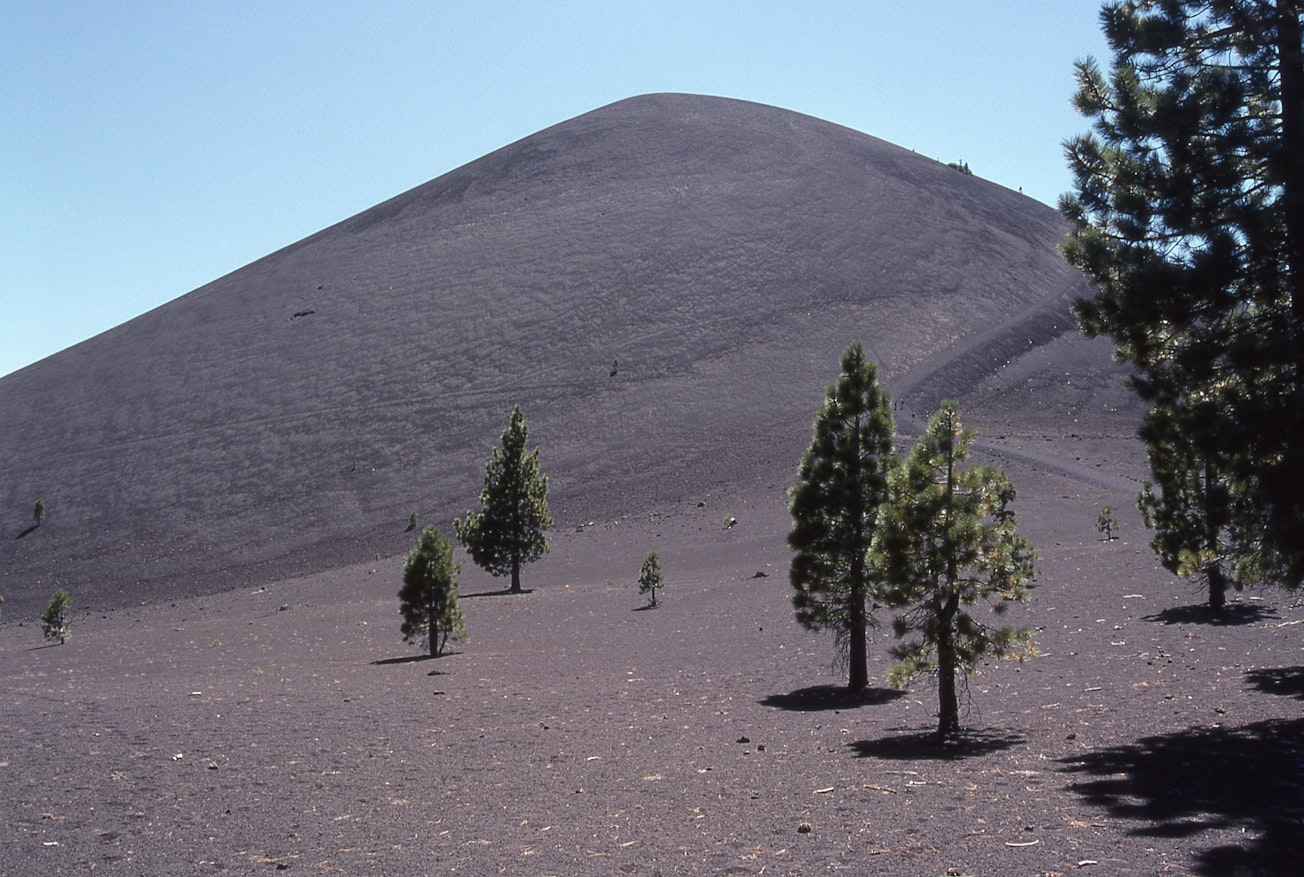What is it about?
When volcanic eruptions occur in shallow water, the erupting jet has been predicted to spread out where it reaches the sea surface because of the erupting materials experience the effect of gravity when they are in lower density air compared with water. In this study, sonar data from the Azores were used to measure the shapes of small cones. Cones in water deeper than 400 m were found to have similar shapes to those that have been reported previously from deep areas, but those in depths shallower than 400 m were found to be flatter, possibly an effect of eruption column spreading.
Featured Image

Photo by Thomas Fields on Unsplash
Why is it important?
Volcanic cones have been found in various 3D seismic datasets collected by the petroleum industry. The results our study suggest that it may be possible to evaluate whether the eruption was into shallow or deep water.
Read the Original
This page is a summary of: Cone morphologies associated with shallow marine eruptions: east Pico Island, Azores, Bulletin of Volcanology, September 2012, Springer Science + Business Media,
DOI: 10.1007/s00445-012-0662-5.
You can read the full text:
Contributors
The following have contributed to this page







